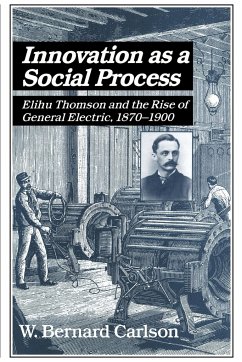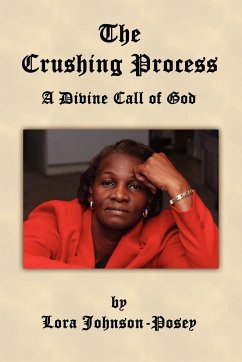Elihu Thomson was a late-nineteenth-century American inventor who helped create the first electric lighting and power systems.
Elihu Thomson was a late-nineteenth-century American inventor who helped create the first electric lighting and power systems. One of the most prolific inventors in American history, Thomson was granted nearly 700 patents in a career spanning the 1880s to 1930s. His inventions included arc and incandescent lighting systems, alternating current motors and transformers, electric welding equipment, and the recording watt-meter, all of which were central in determining how electricity is used today. Thomson was educated in science, and he used a combination of scientific values and craft skills to develop his many inventions. Consequently, his career permits an investigation of how technologists employ craft knowledge to create new products. While employed by the General Electric Company, Thomson worked with other managers and entrepreneurs to link the hardware of electric lighting with business organization and marketing strategy. Thus, his story also traces the role of technology in the rise of a major American corporation.
Table of content:
List of figures and tables; Editors' preface; Acknowledgments; Abbreviations used in footnotes; Introduction; 1. The cultivation of a scientific man; 2. Learning the craft of invention; 3. The Philadelphia partnership, 1879-1880; 4. Frustration in New Britain, 1880-1883; 5. Success in Lynn: the Thomson-Houston electric company, 1883-1892; 6. Maintaining the organization: product development at general electric, 1892-1900; Epilogue and conclusion; Index.
Hinweis: Dieser Artikel kann nur an eine deutsche Lieferadresse ausgeliefert werden.
Elihu Thomson was a late-nineteenth-century American inventor who helped create the first electric lighting and power systems. One of the most prolific inventors in American history, Thomson was granted nearly 700 patents in a career spanning the 1880s to 1930s. His inventions included arc and incandescent lighting systems, alternating current motors and transformers, electric welding equipment, and the recording watt-meter, all of which were central in determining how electricity is used today. Thomson was educated in science, and he used a combination of scientific values and craft skills to develop his many inventions. Consequently, his career permits an investigation of how technologists employ craft knowledge to create new products. While employed by the General Electric Company, Thomson worked with other managers and entrepreneurs to link the hardware of electric lighting with business organization and marketing strategy. Thus, his story also traces the role of technology in the rise of a major American corporation.
Table of content:
List of figures and tables; Editors' preface; Acknowledgments; Abbreviations used in footnotes; Introduction; 1. The cultivation of a scientific man; 2. Learning the craft of invention; 3. The Philadelphia partnership, 1879-1880; 4. Frustration in New Britain, 1880-1883; 5. Success in Lynn: the Thomson-Houston electric company, 1883-1892; 6. Maintaining the organization: product development at general electric, 1892-1900; Epilogue and conclusion; Index.
Hinweis: Dieser Artikel kann nur an eine deutsche Lieferadresse ausgeliefert werden.








